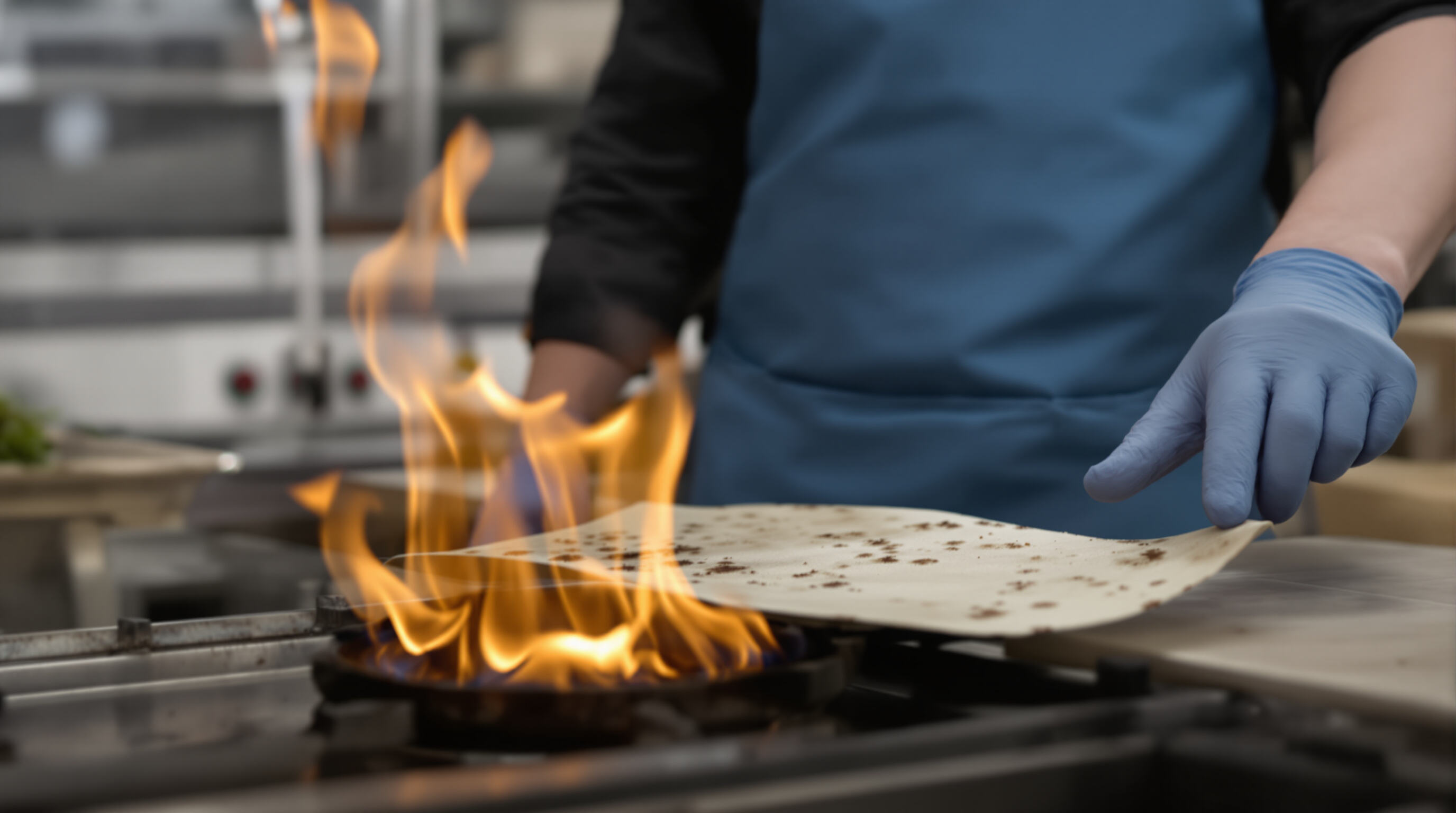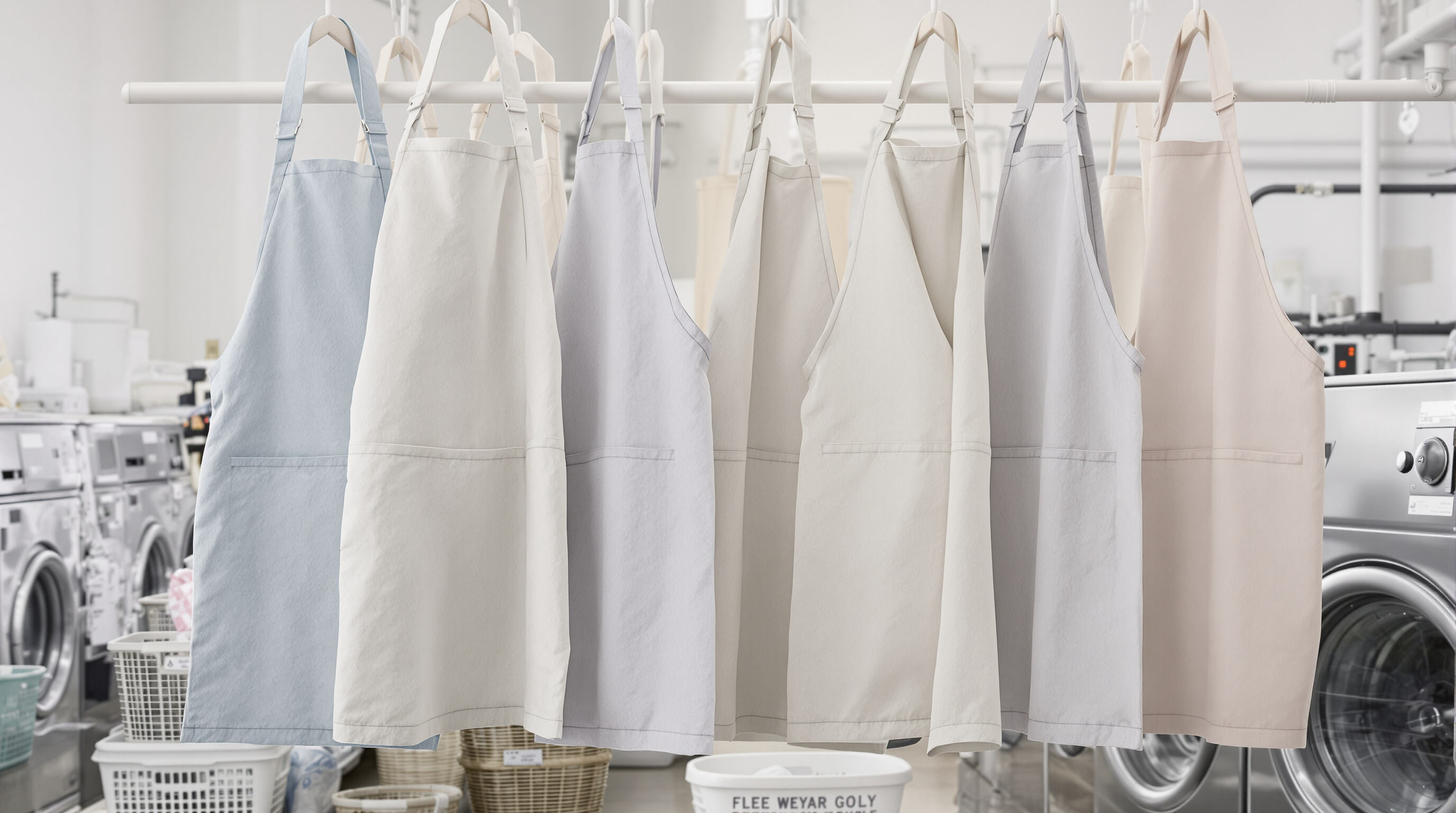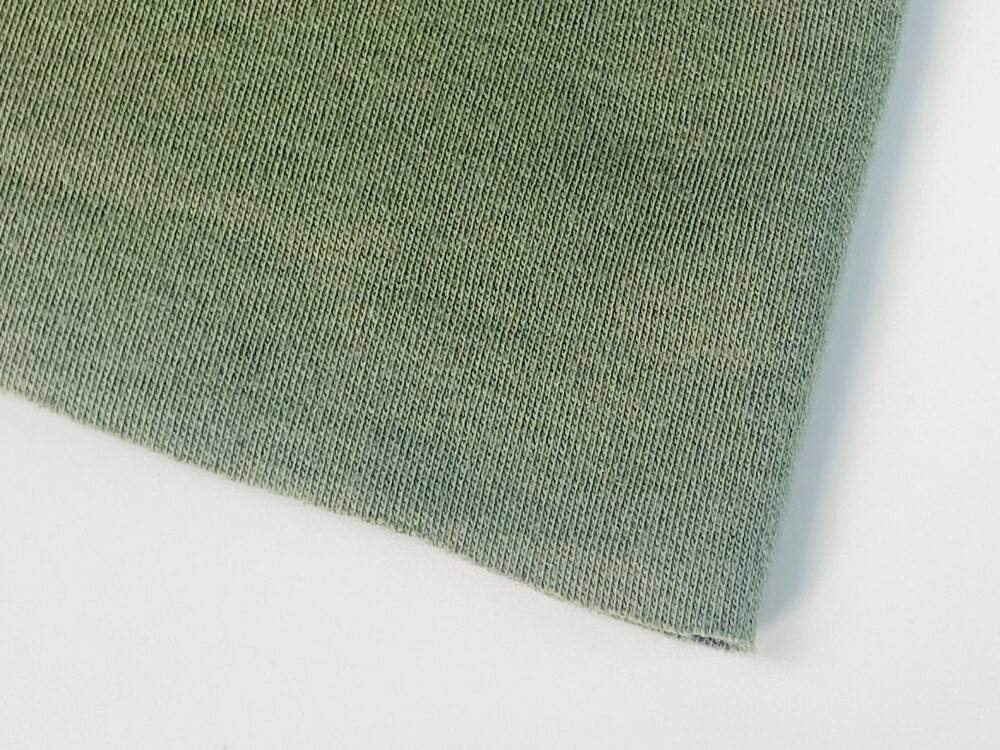Understanding Modacrylic Fabric and Its Inherent Flame Resistance

What Are Modacrylic Fibers and How Do They Differ from Conventional Fabrics?
Modacrylic fibers belong to the family of synthetic polymers that have flame resistant properties built right into their molecular structure. Regular materials like cotton or polyester need special chemical treatments to resist fire, but these coatings tend to wear off after repeated washing. Modacrylic works differently because it actually contains chlorine and nitrogen within the polymer itself, which gives it this amazing ability to put itself out when exposed to flames without melting down dangerously. The latest data from an industry report released in 2024 shows something pretty impressive too. After going through 50 standard industrial laundry cycles, modacrylic work aprons still maintain around 95% of their original protection level. That makes them far better than other options that depend on surface treatments which don't last nearly as long.
The Science Behind Inherent Flame Resistance in Modacrylic Fabrics
The reason modacrylic resists flames has everything to do with how its molecules are put together. Heat exposure makes this material release gases that don't catch fire, which basically starves any potential flames of oxygen right at the fabric surface. At the same time, modacrylic creates what looks like a crusty carbon layer over itself when heated. This kind of shield can cut down on heat moving through the material about half as much as regular fabrics without treatment according to some research from Ponemon back in 2023. Putting modacrylic together with other types of fibers that pull sweat away from skin, such as lyocell, makes for better protection where temperatures get really intense. Think places like commercial kitchens where temps often go past 350 degrees Fahrenheit or around 177 Celsius. Workers there face real dangers from steam burns whenever there's an unexpected burst of heat.
Why Inherently Flame Resistant Modacrylic Outperforms Treated Fabrics
FR fabrics that have been chemically treated tend to lose around 15 to 20 percent effectiveness each year because chemicals wash out over time, according to recent studies from the 2023 FR Fabric Research group. Modacrylic fabric works differently though its protective properties are actually built into the material itself at the molecular level so they don't fade away no matter how often workers wear them or how many times they get cleaned. Industrial facilities that switched to modacrylic PPE saw a significant drop in serious burns with one study showing about 63% fewer incidents compared to workplaces still using traditional treated gear, per Ponemon Institute data from last year. These materials also meet tough safety requirements such as NFPA 2112 standards which makes sense why so many oil refineries and manufacturing plants across the country have made the switch to modacrylic solutions for their frontline workers.
Modacrylic in Industrial Kitchen Safety: Applications and Proven Benefits
Critical Role of Flame Resistant Aprons in High-Heat Kitchen Environments
Temperatures in industrial kitchens often hit over 400 degrees Fahrenheit around those big open flames, deep fryers, and griddle stations. According to the National Fire Protection Association data from 2019, about one out of every five kitchen workers gets burned each year. That's where modacrylic fire resistant aprons come into play. These special workwear items stand between staff and dangerous hazards like flying oil droplets, sudden steam explosions, and accidental contact with scorching equipment. Regular fabric just isn't cut out for this environment it tends to catch fire or melt away when exposed to heat. But modacrylic material does something different it puts itself out after catching flame and keeps its shape intact, which means less severe injuries when accidents happen on the line.
How Modacrylic Protective Clothing Reduces Burn Injury Risks
When exposed to flames, modacrylic fibers typically self-extinguish within seconds, reducing how quickly fire spreads by around two thirds when compared to regular chemically treated fabrics according to Textile Institute research from 2022. What makes these materials really stand out is their durability over time. Even after going through over 100 industrial washing cycles, they maintain their protective properties far better than flame resistant cotton treatments that start losing effectiveness pretty fast. Most FR cotton options will lose about 40% of their fire protection capabilities after only 25 washes. Another advantage comes from the material's stable polymer construction. Unlike many other fabrics, it doesn't shrink significantly when heated, so workers can count on proper fit and coverage even if caught unexpectedly in a fire situation at work.
Case Study: Improved Safety Outcomes After Switching to Modacrylic Aprons
A large-scale food processing facility replaced treated cotton aprons with modacrylic-based PPE, resulting in:
| Metric | Before | After 12 Months | Reduction |
|---|---|---|---|
| Burn-related incidents | 32 | 13 | 59.4% |
| Lost workdays | 147 | 62 | 57.8% |
| PPE replacement costs | $18k | $9.7k | 46.1% |
Data source: 2023 safety review of 1,200 kitchen staff across 4 facilities
The switch demonstrated modacrylic’s ability to enhance worker safety while lowering long-term operational expenses.
Durability, Comfort, and Performance of Modacrylic-Based Protective Gear

Modacrylic sets a new benchmark for industrial kitchen PPE by combining long-lasting protection with ergonomic comfortâ€"a crucial balance in demanding foodservice environments.
Long-Term Durability Under Repeated Washing and Thermal Stress
Aprons made from modacrylic fabric can go through hundreds of industrial washes without shrinking much or breaking down over time. Regular fabrics treated with chemicals tend to get weaker when exposed to heat repeatedly, but modacrylic stays strong against tears even if dried weekly at temperatures hotter than 85 degrees Celsius. Studies looking at how long textiles last have found that these durable properties cut down on replacement expenses by around 40 percent when compared to regular fire resistant cotton aprons. For facilities dealing with constant wear and tear, this means fewer replacements and better value over time.
Resistance to Chemicals, Abrasion, and Heat in Demanding Conditions
Modacrylic's special blend of polymers gives it built-in protection against oils, cleaning chemicals, and those pesky acidic food spills that eat away at other fabrics over time. Independent tests show this stuff can take about five times the normal amount of rubbing and scraping compared to regular flame resistant polyester mixes before any real damage shows up. What makes modacrylic really stand out though is how it doesn't melt when exposed to hot oil splatters from fryers. This quality actually stops workers from getting stuck-on burns, which kitchens have confirmed matters a lot for their protective gear needs.
Balancing Safety with Wearability for Industrial Kitchen Staff
Advanced weaving techniques produce breathable modacrylic aprons that weigh 30% less than traditional FR options. The moisture-wicking fabric reduces heat stress incidents by 22% during eight-hour shifts (Occupational Health & Safety, 2023) while maintaining compliance with NFPA 2112. In multi-restaurant trials, ergonomic designs with contoured seams achieved 97% wearer preference over bulkier alternatives.
FAQ
What makes modacrylic fibers inherently flame resistant?
Modacrylic fibers contain chlorine and nitrogen within their molecular structure, enabling them to self-extinguish when exposed to flames without melting down dangerously.
How do modacrylic aprons compare to treated fabrics in terms of durability?
Modacrylic aprons maintain their flame-resistant properties even after 100 industrial wash cycles, whereas treated fabrics tend to lose effectiveness after about 25 washes.
Why is modacrylic preferred for industrial kitchen environments?
Modacrylic is preferred in industrial kitchens due to its high flame resistance, durability, and ability to withstand temperatures over 400 degrees Fahrenheit, providing better safety for workers.
Selecting Trusted Modacrylic Fabric Suppliers for Industrial PPE
Key Certifications and Standards for Flame Resistant Materials
Industrial kitchens must use modacrylic fabric aprons certified to recognized fire safety standards. Reliable suppliers adhere to:
- NFPA 2112 (Standard on Flame-Resistant Garments for Industrial Personnel)
- ISO 14116 (Limited flame spread requirements)
- EN ISO 11612 (Protection against heat and flame)
Third-party validation through organizations like UL Solutions ensures materials pass vertical flammability tests (ASTM D6413) and maintain performance after 50+ industrial wash cycles.
Evaluating Supplier Reliability, Quality, and Compliance
Choose manufacturers that demonstrate:
- Transparent audit trails for raw material sourcing
- Proven capacity to fulfill large-volume orders consistently
- Comprehensive chemical resistance data for grease, oils, and cleaning agents
Top suppliers provide batch-specific compliance documentation and operate under ISO 9001 quality management systems to guarantee uniform fabric performance across production runs.
Global Supply Chain Insights for Consistent FR Fabric Availability
Geopolitical factors and shifting trade regulations affect specialty textile supply. Leading suppliers mitigate risk by maintaining:
- Diversified manufacturing operations across Asia, Europe, and North America
- Real-time tracking of modacrylic fiber inventory
- Contingency plans for regulatory updates, such as revised REACH guidelines
Forward-thinking partners use blockchain-enabled traceability to verify material origins and stabilize lead times during periods of high demand.




